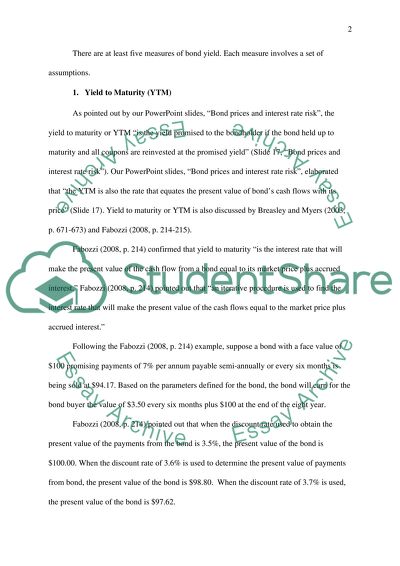Cite this document
(“Bond Yield Under Various Assumptions Essay Example | Topics and Well Written Essays - 2000 words”, n.d.)
Retrieved from https://studentshare.org/macro-microeconomics/1432335-banking-and-finance
Retrieved from https://studentshare.org/macro-microeconomics/1432335-banking-and-finance
(Bond Yield Under Various Assumptions Essay Example | Topics and Well Written Essays - 2000 Words)
https://studentshare.org/macro-microeconomics/1432335-banking-and-finance.
https://studentshare.org/macro-microeconomics/1432335-banking-and-finance.
“Bond Yield Under Various Assumptions Essay Example | Topics and Well Written Essays - 2000 Words”, n.d. https://studentshare.org/macro-microeconomics/1432335-banking-and-finance.


